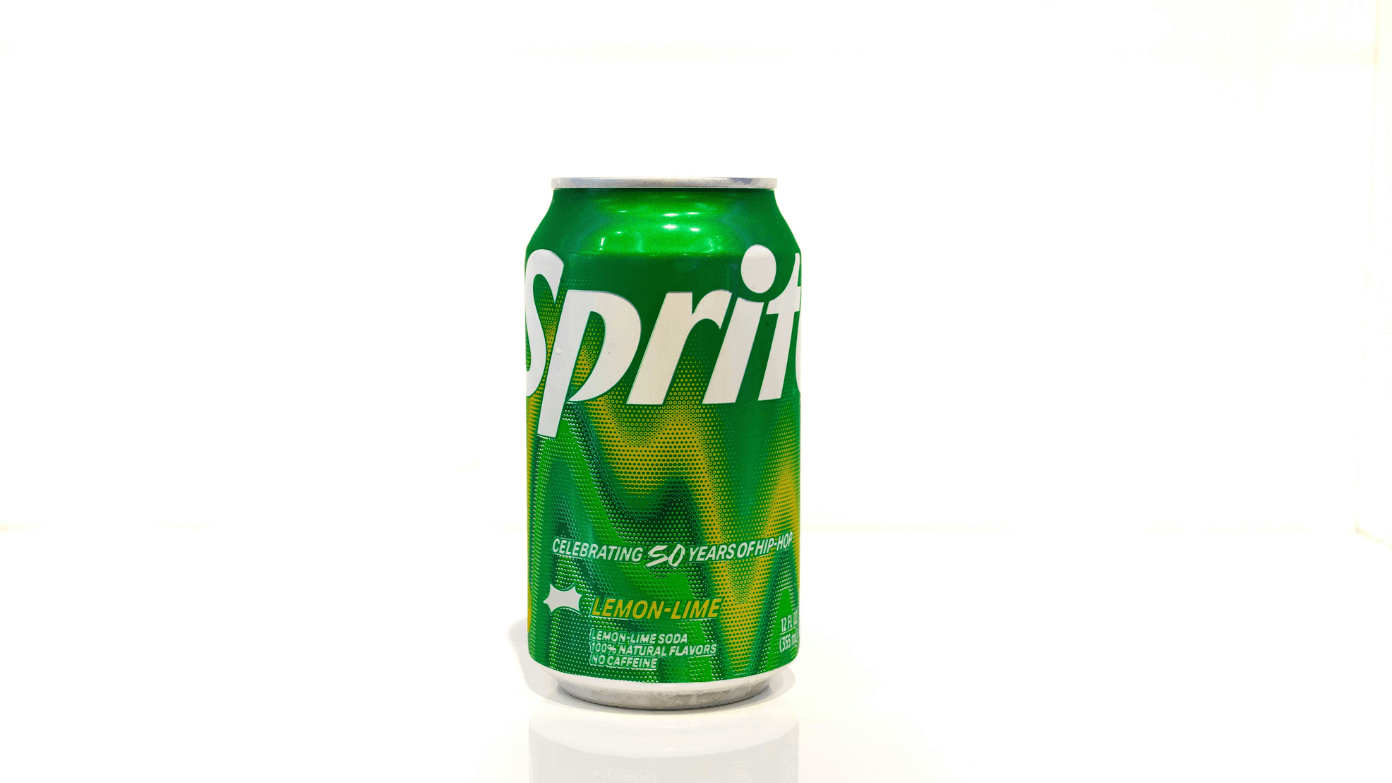In a shocking upset in the American drink world, Sprite outpaced Pepsi as America’s third-most-popular soft drink, for the first time in decades that Pepsi fell outside the top three. The lemon-lime beverage now trails only Coca-Cola and Dr Pepper in sales volume, capturing 8.03% of the carbonated soft drink market compared to Pepsi’s 7.97%. This milestone reflects evolving consumer preferences, strategic marketing pivots, and a cultural realignment that has reshaped the soda hierarchy.
The birth of Sprite: A masterstroke in brand revitalization
Sprite’s success stems from its ability to reinvent itself for a newer generation. In 2024, Coca-Cola revived the iconic “Obey Your Thirst” campaign, which was initially introduced in 1994 with NBA player Grant Hill. The revival aligned with Gen Z through collaborations with sports personalities like NBA point guard Anthony Edwards and Olympic track athlete Sha’Carri Richardson, the brand’s first female athlete ambassador. Work like this resonated with autonomy and authenticity and appealed to young consumers who prioritize self-expression over brand loyalty.
The campaign launched on TV, digital, and specialty edition packaging, including a seasonal introduction of Sprite Winter Spiced Cranberry. Edwards starred in one of the year’s best ads as “Anta Claus” to a hip-hop version of “Carol of The Bells” that invoked the company’s legacy of innovation in popular culture and music blurring. With first-to-market pursuit of where it’s headed in popular trends, e.g., Viability in sports and entertainment-ahem, e.g., Viability for the women’s three-on-three league Unrivaled-Sprite cut through in a fragmented media environment.
Pepsi’s decline: A case of stagnation in a dynamic market
Pepsi’s fall to fourth place underscores its struggles to adapt to shifting consumer demands. While the brand has historically competed with Coca-Cola through celebrity endorsements and sugary offerings, its reliance on traditional marketing and slower innovation has left it vulnerable. Analysts note that Pepsi’s product lineup, which includes higher-calorie beverages, has struggled to gain traction amid growing health consciousness.
Meanwhile, Sprite capitalized on the demand for lighter, caffeine-free options. Its clear, citrusy profile and sugar-free variants appealed to health-aware consumers, while Pepsi’s sweeter taste and association with indulgence increasingly clashed with wellness trends. This divergence highlights a broader industry shift: seven of the top 10 soft drinks in 2025 are non-cola varieties, signaling declining enthusiasm for traditional soda staples.
The health factor: Sugar reduction and functional ingredients
Sprite’s success correlates with the shift in the soft drink industry toward low-sugar and functional beverages. The global market is expected to change from $491 billion in 2025 to $598 billion by 2029, thus preferring products with lower sugar, natural sweeteners, and added health benefits. Zero-sugar editions and limited-edition flavors using natural ingredients introduced Sprite as a more contemporary alternative to traditional Pepsi offerings.
We also observe this with the popularity of brands such as Dr Pepper, holding on to its No. 2 ranking by a mix of nostalgia and product taste innovation. As consumers increasingly desire more drinks to suit active lifestyles, refreshment brands such as Sprite have continued to build momentum.
Sprite’s digital strategy also drove its growth. The brand used platforms such as Instagram and TikTok to engage with communities, partnering with influencers and sponsoring challenges that continued its “Obey Your Thirst” tagline. User-generated content initiatives that called on fans to share tales of personal ambition tied the brand back to narratives of ingenuity and ambition.
In contrast, Pepsi’s recent campaigns, such as 2024’s “Better With Pepsi” initiative, focused on food pairings and failed to generate comparable buzz. This disparity underscores the importance of cultural agility in an era where social media virality can make or break a brand.
Read more: Rite Aid files for Chapter 11 bankruptcy and promises a “smooth transfer” of prescriptions – These are the stores affected by the company’s decision
Read more: New funky flavors coming to a menu near you: burger giant to debut new flavors inspired by their space spin-off

